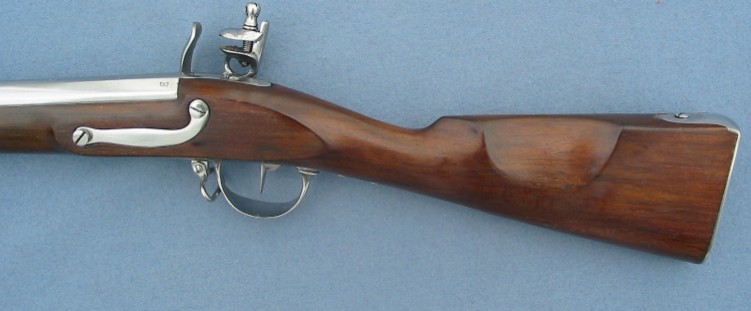I got a chance to handle a repro AN-IX 1777 French musket last week, and I fell in love! Trouble is, I also have developed a fondness for the 1717 French musket. Do any of you own either of these? The 1777 looks a bit more robust, but the 1717 is much sleeker and more elegant looking :imo:. Any advice? Any suggestions? Thanks. :thumbsup:
P.S. What about the brass pan on the '77? Does anyone know the reason for this?
P.S. What about the brass pan on the '77? Does anyone know the reason for this?






